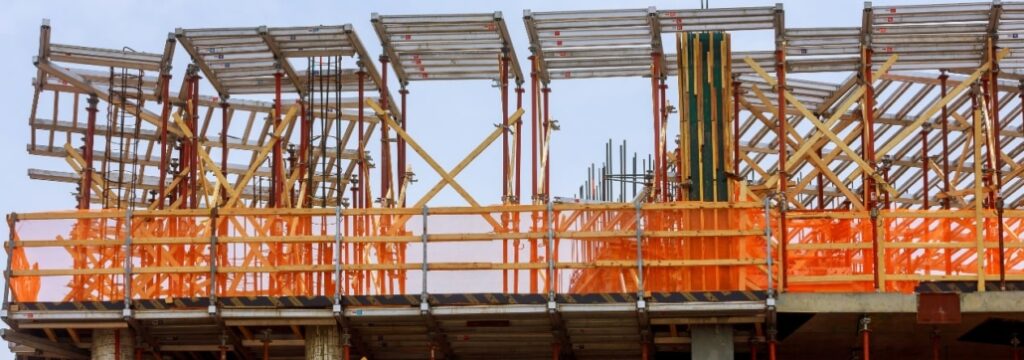Composite-Tech’s production lines are the embodiment of innovation and reliability in the field of Fiber-Reinforced Polymer (FRP) products. With a formidable background of extensive, multi-year experience and a team of professional engineers skilled in both civil and military sectors, Composite-Tech (GFRP rebar manufacturer) has carved a niche for itself in the industry by developing and manufacturing state-of-the-art equipment for producing GFRP rebar, GFRP mesh, GFRP bent elements, and other composite products.
This expertise is reflected in the superior quality of the FRP composites, which are significantly advanced compared to those produced by competitors’ equipment, and especially when measured against traditional steel rebar (FRP rebar vs steel rebar). The utilization of cutting-edge optical technologies and computerized control ensures that every product meets the highest standards of precision and quality. Moreover, numerous patents underpin Composite-Tech’s position at the forefront of the industry, propelling it several steps ahead of any competition.
Let’s delve into the remarkable characteristics of FRP rebar and mesh produced on Composite-Tech’s equipment.
Fiberglass rebar vs steel
Steel vs FRP | ||
|---|---|---|
| Specification | FRP Rebar | Steel Rebar |
| Material | Fiber glass, polyester resin | Steel Rebar |
| Stretch resist, time | 1200 MPa | 360 MPa |
| Elastic modulus | 55000 MPa | 200000 MPa |
| Relative lengthening | 2.2% | 25% |
| Density | 1.9 t/m3 | 7 t/m3 |
| Corrosion resistance | Stainless material of the first group of chemical resistance | Corroded with rust products |
| Thermal conductivity | Non-conductive | Heat conductive |
| Electrical conductivity | Non-conductive | Electric conductive |
| Produced diameters | 3-40 | 6-80 |
| Length | Any length | 6-12 m |
| Durability | Not less than 100 years | By building code |
FRP materials, including fiberglass rebar, exhibit exceptional properties that make them more advantageous than conventional materials. For instance, FRP rebar, composed of fiberglass and polyester resin, boasts a stretch resistance of 1200 MPa, far exceeding the 360 MPa of standard steel rebar. This high tensile strength is complemented by a noteworthy elastic modulus of 55000 MPa, which, although lower than steel’s 200000 MPa, is still impressive given FRP’s significantly lower density of 1.9 t/m3 compared to steel’s 7 t/m3.
FRP’s durability is also worth noting, with a lifespan of not less than 100 years, ensuring that structures built with FRP composite materials will stand the test of time. The material’s non-conductivity is a vital feature in environments where electrical insulation is paramount. Furthermore, GFRP rebar is corrosion-resistant, providing an enduring solution in chemically aggressive environments where steel would succumb to corrosion.

The slides also reveal the superior breaking load of GFRP rebars across various diameters, demonstrating its robustness and reliability. When it comes to weight, FRP proves its superiority with its lightweight nature, which significantly reduces transportation and handling costs. For example, a 6 mm diameter FRP rebar weighs a mere 0.02 kg, while the same diameter steel rebar weighs 0.22 kg. This difference is further illustrated by the number of meters per ton, with FRP offering an astounding 50,000 meters per ton for a 6 mm diameter rebar, compared to steel’s 4,505 meters per ton.

In conclusion, Composite-Tech’s production lines are a testament to the advancement in composite material technology. The FRP composite materials produced on their equipment, from FRP rebar to FRP mesh, exhibit characteristics that far exceed those of competitors, offering a compelling argument for their widespread adoption in place of traditional steel in various applications. The innovative and reliable machinery, backed by a wealth of patents and a professional team, ensures that Composite-Tech remains a leader in the field, pushing the boundaries of what’s possible with FRP materials.
Learn more:

